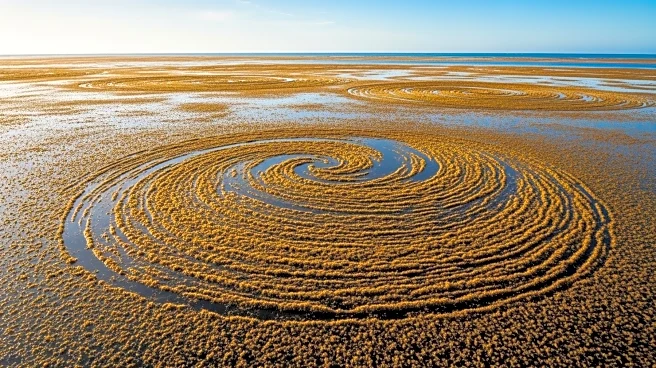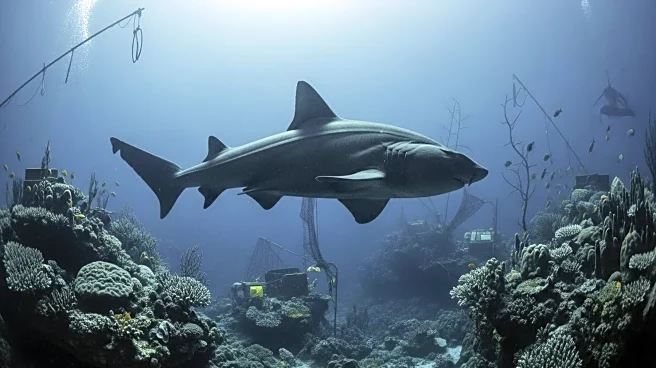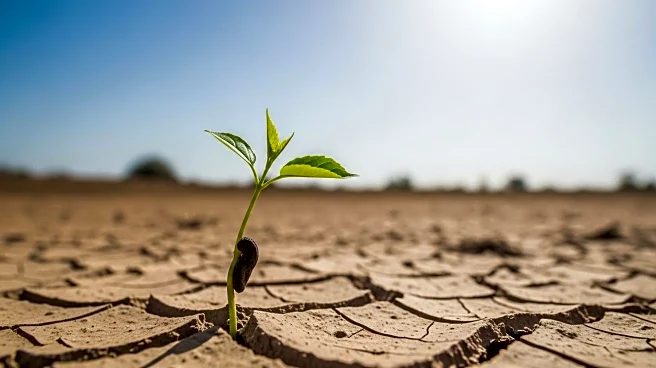What's Happening?
The Great Atlantic Sargassum Belt, a massive bloom of brown seaweed, has been expanding across the Atlantic Ocean, affecting coastal communities from West Africa to the Gulf of Mexico. A study by Florida Atlantic University researchers highlights the role of human-induced nutrient pollution in this growth. The seaweed, which reached a record biomass of 37.5 million tons in May, is fueled by nutrients from agricultural runoff, wastewater discharge, and atmospheric deposition. These nutrients, along with those from the Amazon River, contribute to the sargassum's proliferation. The seaweed's expansion poses challenges for fisheries, tourism, and public health, as it clogs beaches and affects marine ecosystems.
Why It's Important?
The expansion of the Great Atlantic Sargassum Belt underscores the significant impact of human activities on marine ecosystems. The seaweed's growth affects coastal economies reliant on tourism and fishing, as beach cleanups and disruptions to marine life become more frequent. The situation highlights the need for better management of land-based nutrient sources to mitigate environmental impacts. Understanding the factors driving sargassum growth is crucial for developing strategies to manage its effects and protect coastal communities.
What's Next?
Researchers and policymakers will need to focus on reducing nutrient pollution from land-based sources to control the sargassum's growth. This may involve stricter regulations on agricultural runoff and wastewater management. Continued monitoring and research are essential to understand the long-term impacts of the sargassum belt and to develop effective mitigation strategies.











